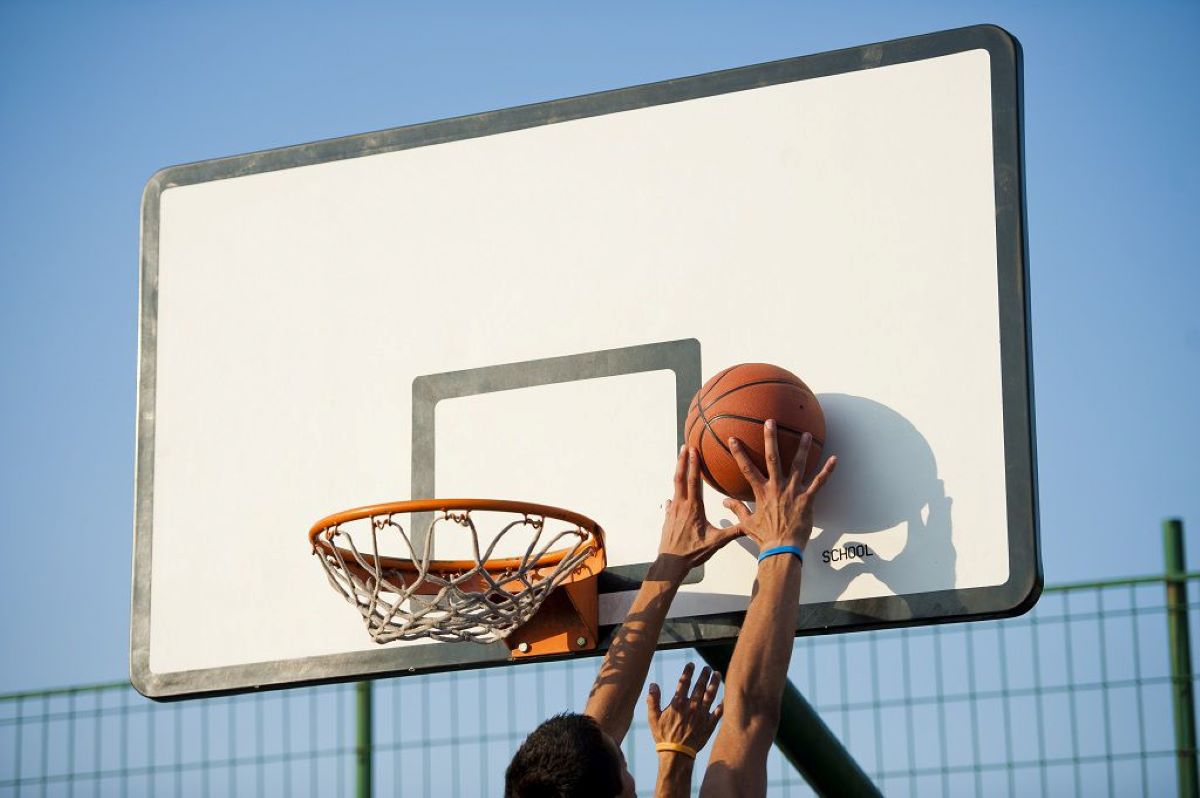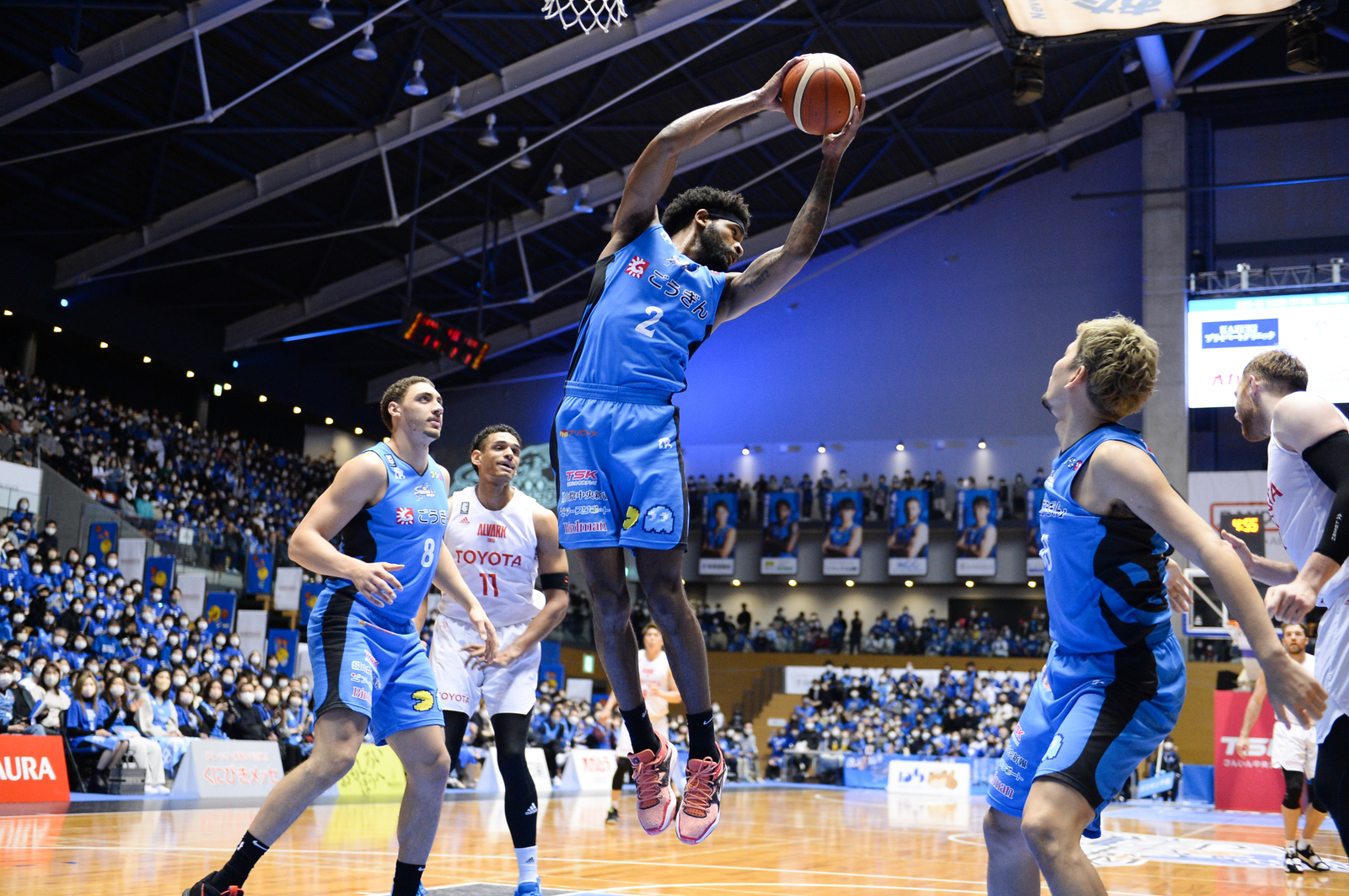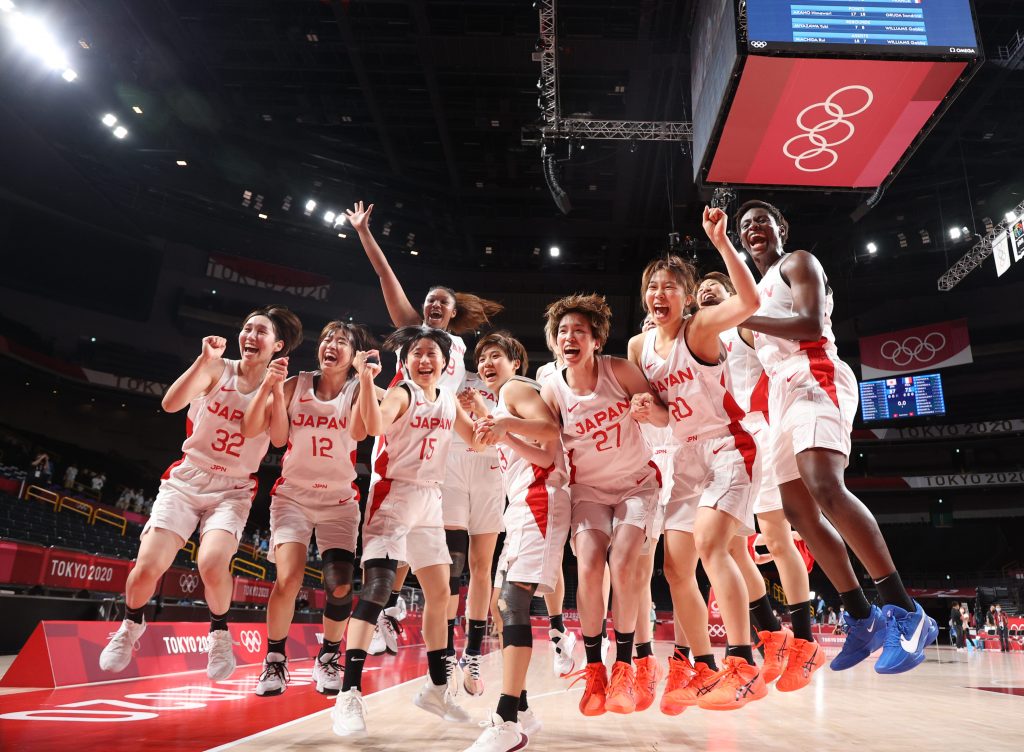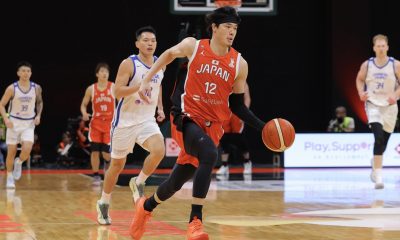
A new analysis of basketball statistics has been published in the Journal of Digital Life, a multidisciplinary online journal based in Japan. Basketball stats quantify and evaluate the performance of teams and individual players.
The authors of the paper are Ken Nagamine and Osamu Aoyagi, an associate professor and professor at the Faculty of Health and Sports Science of Fukuoka University, respectively.
Basketball stats have been studied in Japan for half a century, but Nagamine's paper suggests that there is still room for improvement in the methods of analysis.
Rebounds Control the Game
"The one who controls the rebound controls the game." This is a famous line from the popular manga Slam Dunk, which sparked a basketball boom in 1990s Japan. The animated film The First Slam Dunk was released in December 2022.
In general, a rebound is when a player creates an advantage for the team by retrieving the ball after a missed shot.

Offensive rebounds occur when a player retrieves a teammate's missed shot and creates another opportunity for a basket. Defensive rebounds occur when a player retrieves an opponent's missed shot. This prevents another attack while also creating an opportunity for a counterattack. The wise words of Slam Dunk are not an exaggeration — rebounds can determine the direction of the game.
Rebounds Effective Across Different Skill Levels
Data confirms the importance of rebounds. Nagamine's research team cites a study published in 2006, which analyzed the results of Kansai University Championships matches. The team with the higher rebounding rate had an 88.8% chance of winning. When the data was narrowed to defensive rebounds only, the winning rate was even higher at 94.4%.
The study also studied the relationship between rebounds and scoring by analyzing the number of scores from successful rebounds. It showed that one rebound led to an average score of 0.65.

Another study, published in 1989, further confirms the effectiveness of rebounds. It found that even students and company basketball teams with low shooting success rates increased their scores by rebounding.
Further back in 1969, a study analyzed the basketball matches at the West Japan University Championships. The winning team had a 49% offensive rebounding rate and a 63% defensive rebounding rate, which were better than the 37% and 51% of the losing team.
Other plays that have been studied include the success rate of 2-point and 3-point shots and the number of fouls. Another one is fast breaks, in which a team attempts to get into scoring position before the opposing team returns to defense.

Suggestions for Further Research
Nagamine's research team notes that these previous studies did not compare the extent to which each play or factor contributed to a team's wins and losses. They suggest that an analysis comparing various plays and factors instead of analyzing just a single set of data would be effective.
Reviewing basketball research papers both old and new, Nagamine's team concluded that the findings regarding plays affecting a team's success were not consistent throughout matches at different skill levels.
The papers identified defensive rebounding, 2-pointers and 3-pointers, successful free-throw shooting rate, fouls, and assists as important factors in high-level competitions such as the Olympics and top basketball leagues in Japan. However, they did not agree on which factor was the biggest contributor to a team's wins.
Furthermore, Nagamine highlights the need to analyze matches across different skill levels. This is because the factors leading to a win differed significantly between top-level teams and junior-level teams. For example, in junior-level matches, fewer dribbles, two-player fast breaks, and fouls were the most crucial factors.
So far, past studies have used discriminant analysis to examine the relationship between a team's play and success. The method separates classes of data based on specific criteria. But since there are only two outcomes to a match (win or lose), Nagamine suggests that logistic regression analysis based on binomial distribution could be a better method of analysis.
RELATED:
- Masters of Rebounding: Ryukyu's Cooley, Chiba's Mooney Grab the Spotlight
- Sports Coaches: Analyze Your Team with Affordable Panoramic Videos
- Extend Your Life, Train Safely Like Athletes
(This article was first published by The Journal of Digital Life. You can read the article in Japanese at this link.)
Author: Taketoshi Noma

Nagoya Basho Tournament Records
| Day | Opponent | Result |
|---|


















You must be logged in to post a comment Login